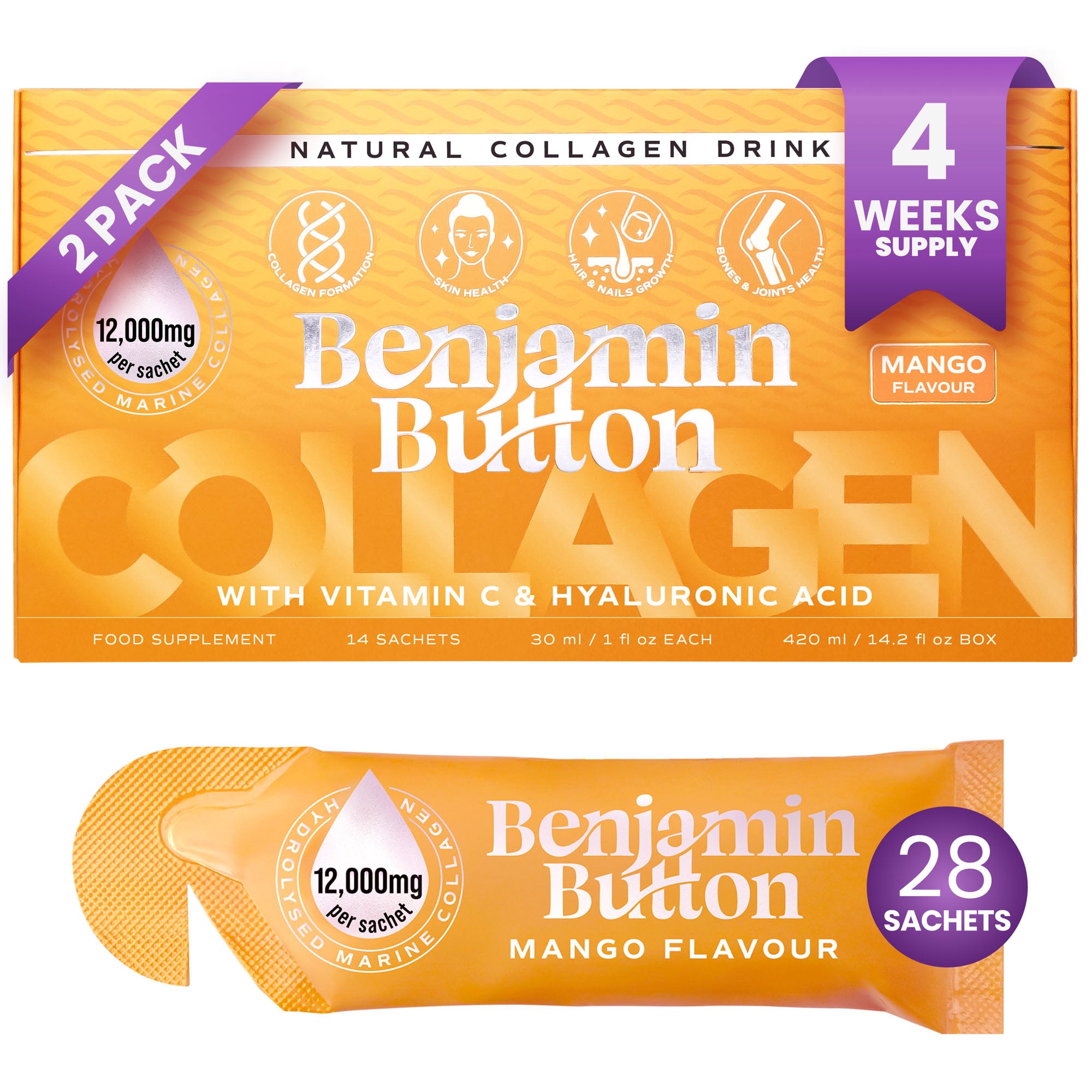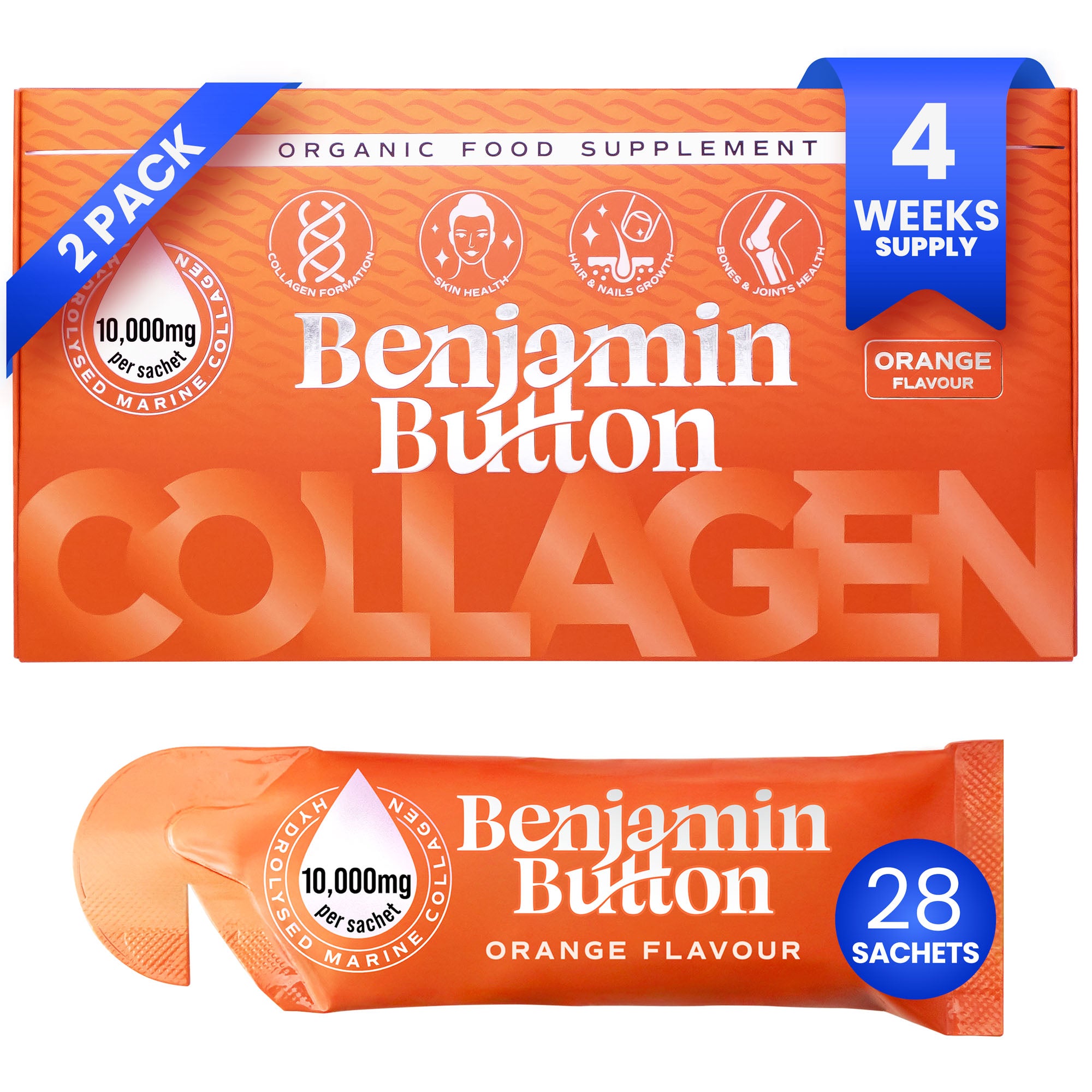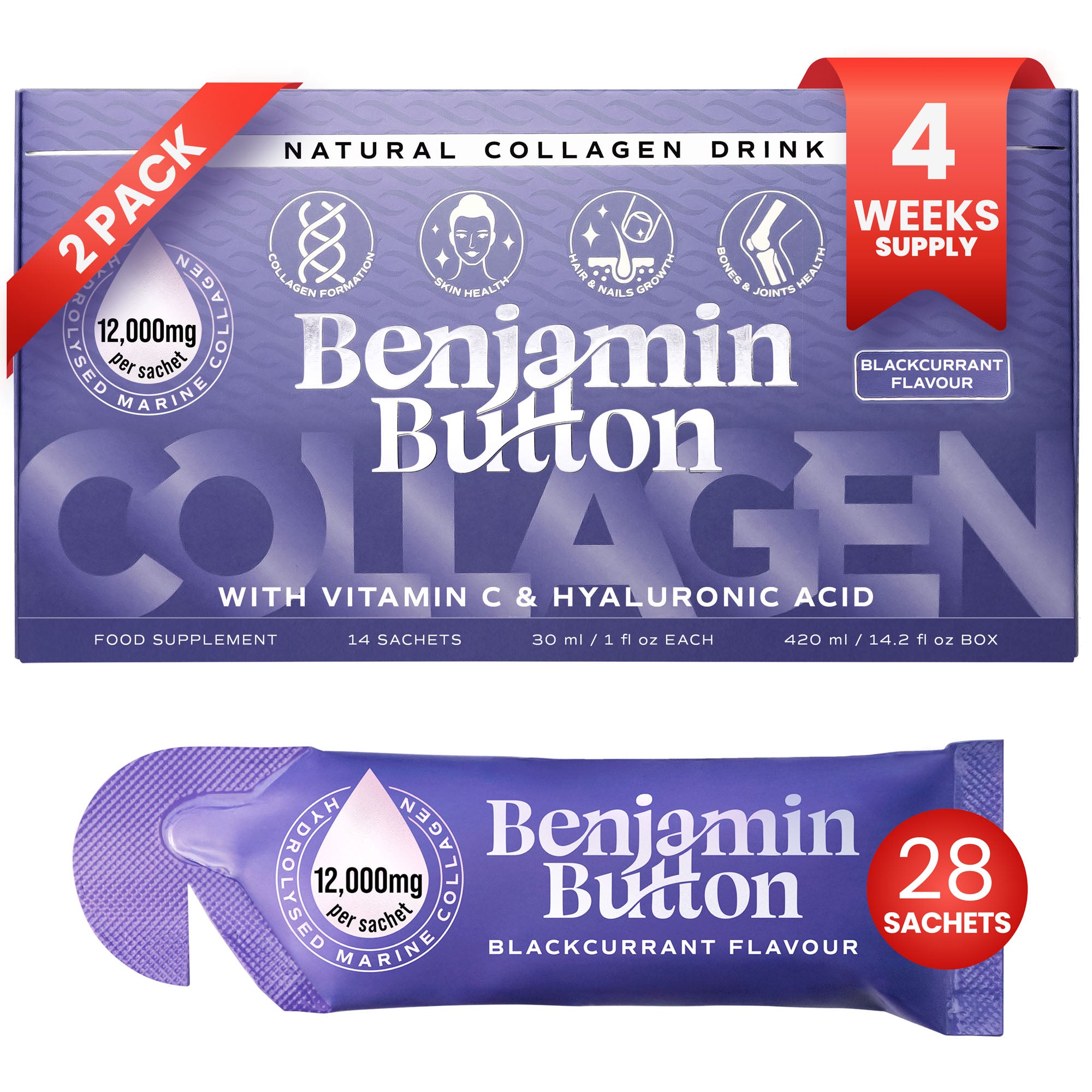Discover the Podiatrist-Approved Sneakers for Creaky Joints
Finding the right sneakers when dealing with creaky joints can be a challenge. It is essential to consider proper support, cushioning, and fit to maintain comfort while minimising discomfort. Podiatrists have identified several key traits of shoes that can help those experiencing joint issues. This article explores various sneaker options that are not only fashionable but also prioritise the health of your feet.Understanding Creaky Joints
Creaky joints can arise from various factors, including age, injury, or specific health conditions. While the creaking itself may often be harmless, it can serve as a reminder to pay attention to the care of your joints. Choosing appropriate footwear plays a significant role in managing discomfort. Here are some common causes of creaky joints:- Arthritis
- Wear and tear from aging
- Injuries or trauma to the joint
- Inflammatory conditions
Key Features of Podiatrist-Approved Sneakers
When searching for the best sneakers for creaky joints, several features should guide your decision. Podiatrists recommend certain characteristics that can promote better joint health and comfort.1. Proper Arch Support
Sneakers with good arch support are crucial for maintaining alignment and reducing strain on joints. Look for options that cater to your specific foot type, whether it’s flat, neutral, or high-arched.2. Cushioned Sole
A well-cushioned sole absorbs shock and minimizes impact on the joints. Features to consider include:- Memory foam padding
- Gel inserts
- Air cushions
3. Lightweight Design
Sneakers that are lightweight can significantly improve mobility. Heavy shoes can add unnecessary strain to already stressed joints. Consumers should look for breathable materials that reduce the overall weight without sacrificing support.4. Flexibility
While stability is key, flexibility is equally important. A sneaker that allows for natural foot movement can help reduce stiffness in the joints. Ensure that the shoe bends at the toe area and has a flexible midsole for better adaptability.Top Podiatrist-Approved Sneakers for Creaky Joints
Understanding the essential features allows you to explore several brands that have prioritised comfort and joint health.1. New Balance 990v5
Known for its robust support and cushioning, the New Balance 990v5 stands out in the realm of podiatrist-approved sneakers. Its Encap midsole technology provides stability without sacrificing comfort. Key Features:- Exceptional arch support
- Breathable upper materials
- Customisable fit with a wide size range
2. Brooks Ghost 14
Brooks Ghost 14 has a reputation for its plush cushioning and adaptive fit. This sneaker is designed with runners in mind, but its superb cushioning makes it a favourite among those with joint issues as well. Key Features:- Segmented crash pad for optimal shock absorption
- Lightweight yet supportive
- Offers a variety of widths for a perfect fit
3. ASICS Gel-Kayano 28
The ASICS Gel-Kayano 28 is celebrated for its signature GEL technology, which significantly reduces shock during impact. This sneaker is suitable for everyday wear or light exercise. Key Features:- Dynamic DuoMax support system for excellent stability
- FluidRide midsole for bounce-back cushioning
- Adjustable fit for personalised comfort
4. Saucony Guide 14
Focusing on both support and a sleek design, the Saucony Guide 14 provides a balance of responsiveness and cushioning. This sneaker is ideal for those who may experience fatigue due to joint discomfort. Key Features:- PwrRun cushioning for comfortable strides
- Engineered mesh upper for breathability and support
- Structured fit for added stability
Tips for Selecting and Maintaining Your Sneakers
To enhance the longevity of your sneakers and ensure they continue to support your joints, consider the following tips:- Choose the Right Size: Always try on shoes at the end of the day when your feet are most swollen. A snug yet comfortable fit is crucial.
- Replace Worn Out Sneakers: Regularly check the condition of your shoes and replace them when the cushioning wears down.
- Rotate Sneakers: If possible, have multiple pairs of sneakers for different activities to allow each pair to recover from use.





















